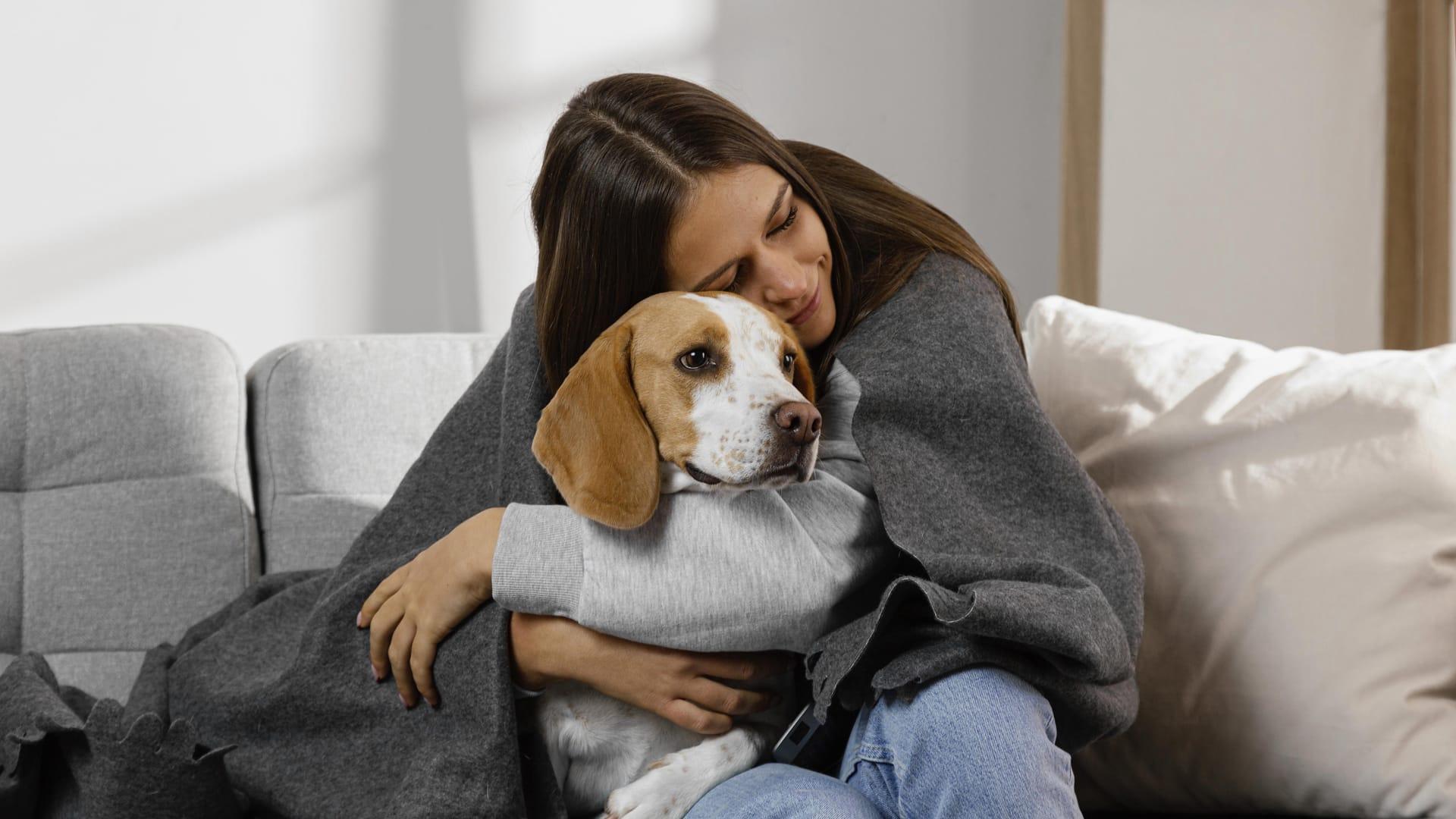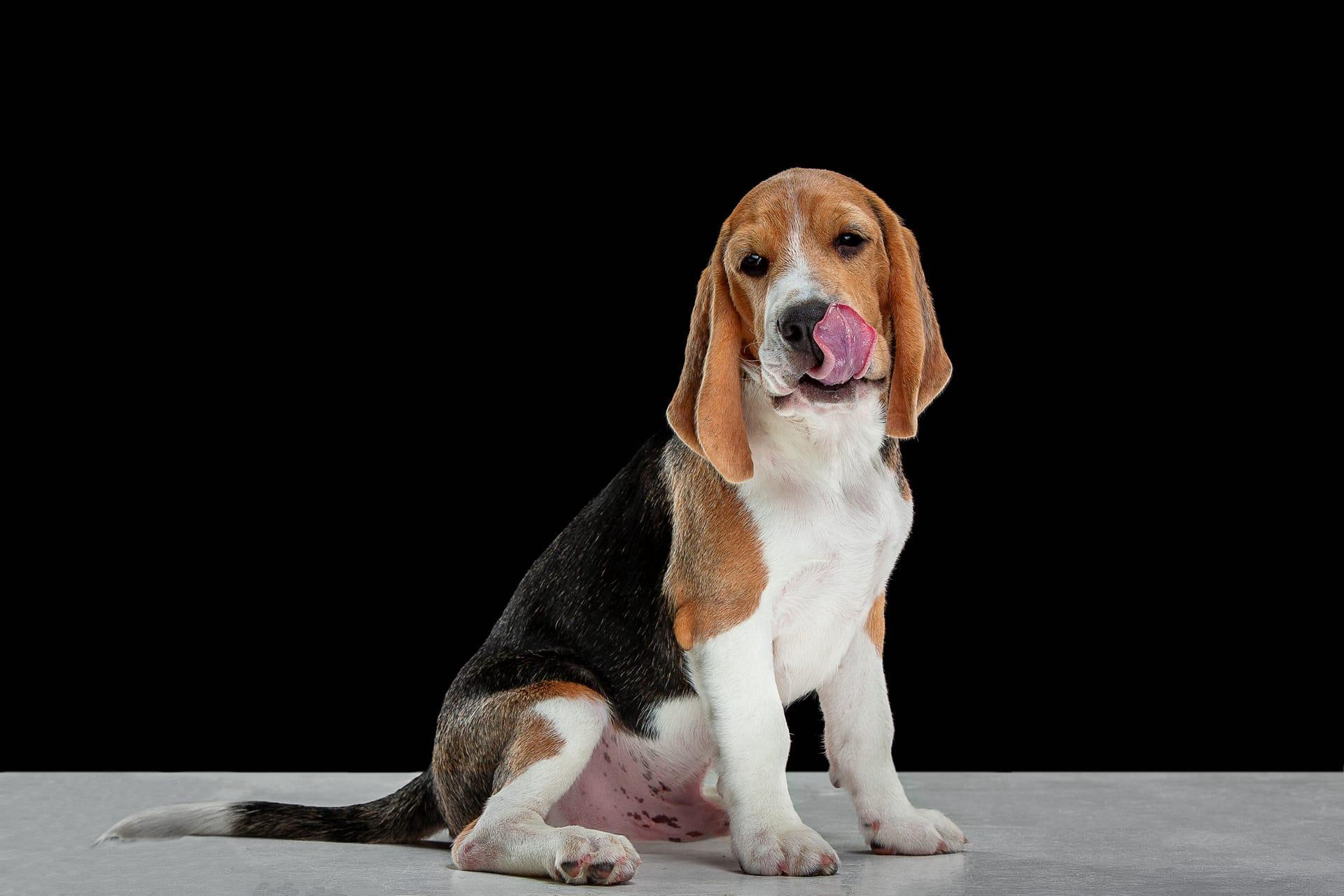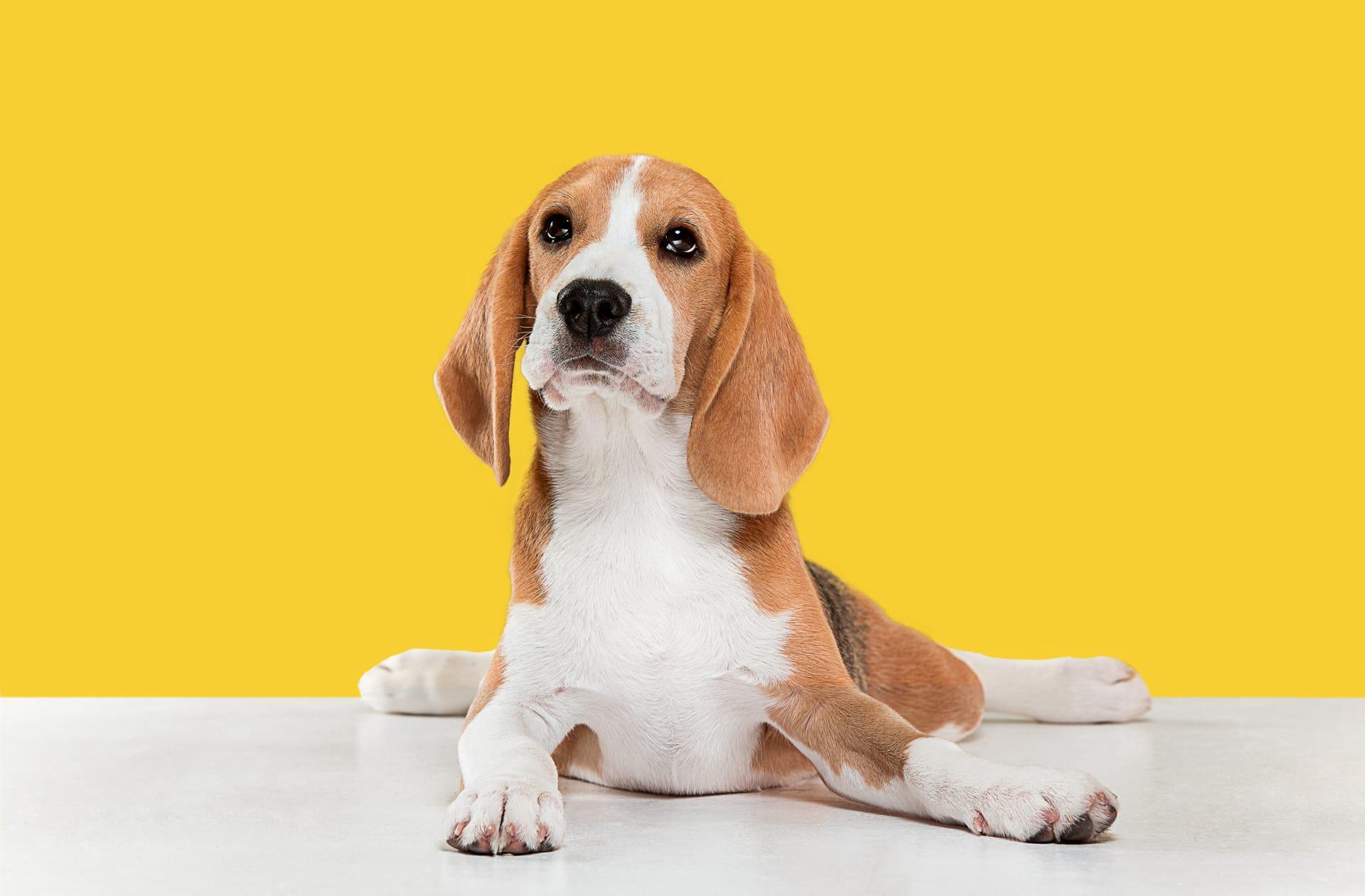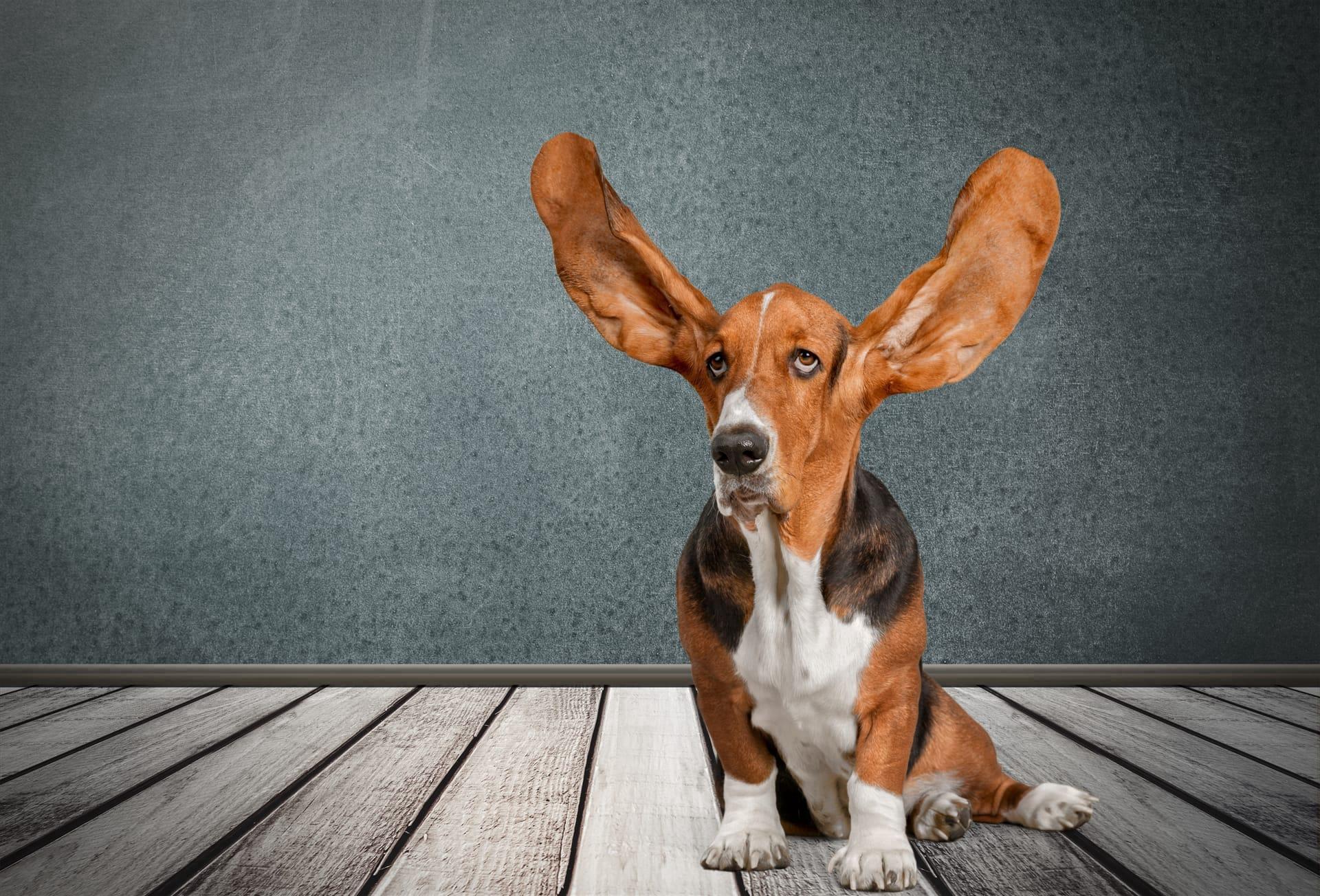1
Basset Hounds, with their distinctive long ears and low-to-the-ground build, are hard to miss. What might not be so obvious is that these ears aren't just for show; they serve a very specific purpose. Measuring up to a foot long, these floppy ears help channel scents towards the nose, enhancing the Basset Hound's already exceptional sense of smell. This breed is second only to the Bloodhound in olfactory capabilities, boasting about 220 million scent receptors. This extraordinary nose makes them unparalleled trackers, not just in the backyard, but also in professional scent work disciplines.
Besides their impressive sniffers, Basset Hounds are known for their laid-back personalities, but there's more to their leisurely pace than meets the eye. Their short, sturdy legs, while contributing to their distinctive appearance, are powerhouses capable of navigating tough terrains. This design is no accident; it's a result of selective breeding to create a dog that could hunt rabbits and hares through dense brush without tiring easily. Their leg muscles are surprisingly strong, allowing them to move with endurance and agility despite their leisurely gait.

2
The Basset Hound's vocal range is another remarkable aspect. They don't just bark; they communicate with a wide range of sounds, from howls to whines, which were crucial for their original purpose as hunting dogs. This variety allowed hunters to follow the dogs' progress and locate them in dense underbrush, even when out of sight. The Basset's howl can carry for miles, a feature that was invaluable before modern tracking devices.
One might not guess it from their placid demeanor, but Basset Hounds have a stubborn streak, particularly when it comes to training. This stubbornness is actually a byproduct of their breeding; they were developed to hunt independently and make decisions on the fly, without direct human guidance. This independence makes them excellent problem-solvers, but it also means they may not always be eager to follow commands unless they see a good reason to. Engaging a Basset Hound in training requires patience, creativity, and often, a good bit of bribery with treats.

3
Despite their somber expressions, Basset Hounds are known for their friendly and gentle demeanor, making them excellent family pets. They have an inherent patience and a mild temperament that makes them fantastic companions for children. However, their sociability extends beyond humans; Basset Hounds generally get along well with other dogs and pets. This amiable nature is a trait selectively bred into them to ensure they could work effectively in packs during hunting expeditions.
Basset Hounds have an unusual trait for such a heavy-set dog: they are surprisingly good swimmers. Their short legs and dense body might suggest otherwise, but when given the opportunity, many Basset Hounds enjoy paddling around. This ability likely comes from their need to traverse various terrains while tracking scents. However, due to their body structure, they can tire easily in water, so supervision is crucial during aquatic adventures.

4
The Basset Hound's coat is more than just a pretty cover; it's a marvel of adaptability. Their short, smooth, and dense coat is designed to provide protection from harsh underbrush while hunting. This type of coat also sheds dirt and water easily, helping them stay clean despite their low-slung belly and propensity for sniffing around in the mud. The coat comes in a variety of colors, the most common being tricolor (black, white, and brown), but they can also be found in combinations of lemon, red, and white.
Interestingly, Basset Hounds are among the dog breeds with a higher incidence of "basseting," a term used to describe the phenomenon where puppies in the litter exhibit a significant variation in size and features, more so than in other breeds. This variability is a throwback to the breed's development, where a wide range of dogs were bred to achieve the Basset Hound's unique characteristics. As a result, even within a single litter, puppies can show a wide range in the length of their ears, the degree of their droopiness, and their overall size and build.

5
The Basset Hound's sense of smell is not just about the number of scent receptors. Their long, droopy ears and even the wrinkles on their face play a crucial role in trapping scents close to their nose, making them exceptional tracking dogs. This natural design allows them to pick up and follow a trail with precision that few other breeds can match. Their ability to retain scent is so refined that they can follow a trail for hours or even days.
Despite their easygoing nature, Basset Hounds have a surprising turn of speed when motivated, especially when following a scent. While their usual demeanor is slow and deliberate, they can sprint surprisingly fast in short bursts. This ability stems from their hunting heritage, where a quick dash could mean the difference between catching their quarry or losing the trail. Their muscular hindquarters give them a powerful push, and when they're on the scent, their focus and speed can be astonishing.